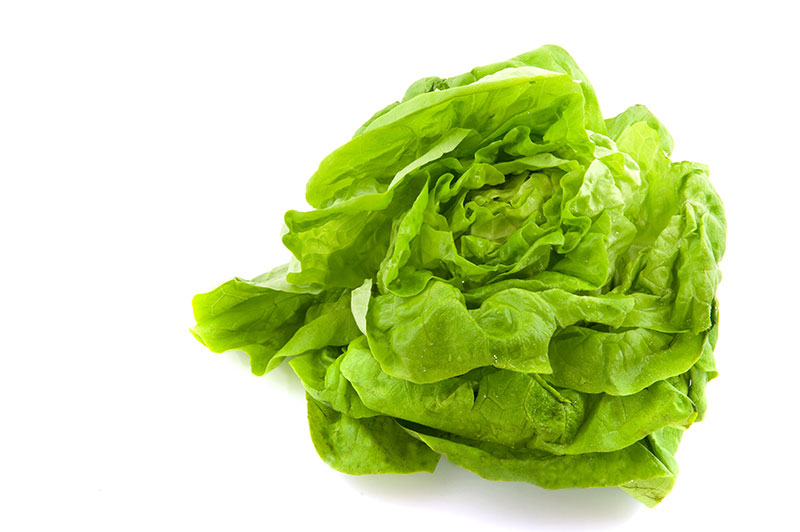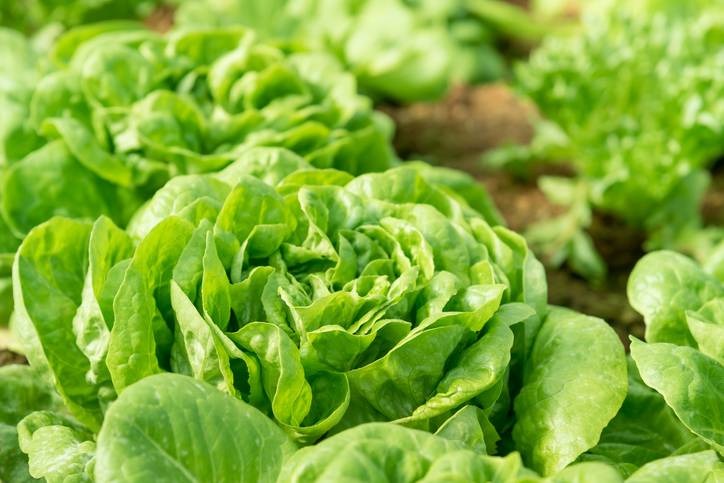Lettuces, Boston

Availability:
Year-round
Availability:
| J | F | M | A | M | J | J | A | S | O | N | D |
Notice:
on demand
Receiving/Storage:
Receiving Information: Good quality Boston lettuce should be fresh, crisp, and well-colored. Avoid lettuce that appears wilted or shows signs of spotting or decay. Avoid leaf lettuce with yellow leaves or with leaves showing cracked ribs. Storage/Handling: Follow good rotation practices; first shipments received should be used first. Leaf lettuce may exhibit russet (brown) spotting if exposed to ethylene. To prevent russet spotting, keep lettuce away from ethylene-producing fruits and ripening rooms. Storing leaf lettuce at high temperatures may promote rapid deterioration. Rough handling may also promote deterioration of bruised leaves. Storing leaf lettuce in an area with low humidity may promote wilting. Dried translucent leaves is an indication of freeze damage.
Temperature/humidity recommendation for short-term storage of 7 days or less: 32-36 degrees F / 0-2 degrees C. 90-98% relative humidity.
Description:
Boston Lettuce is also known as Butterhead Lettuce. The tender leaves are soft, velvety and delicate, and have a delicate crunch. Boston Lettuce leaves are great to offer your guests as a ñwrapî instead of bread for low carb or gluten free dishes. The leaves are flexible, pliable and easily folded.


